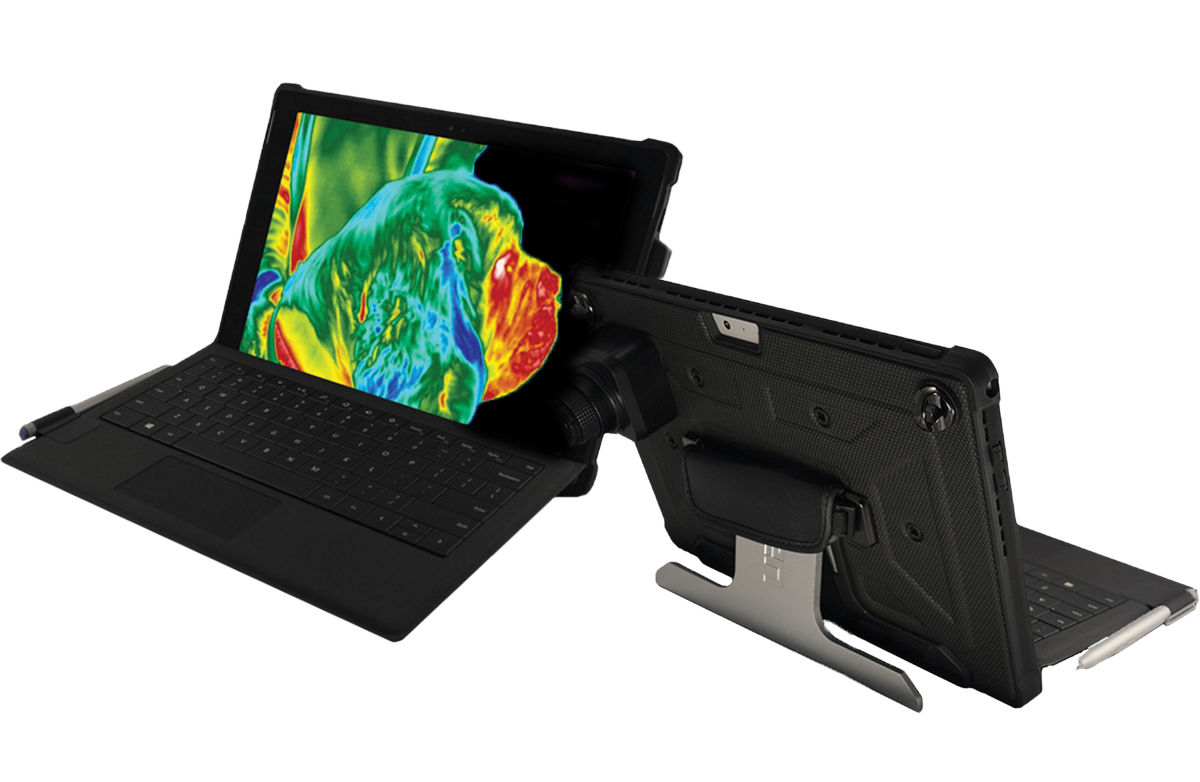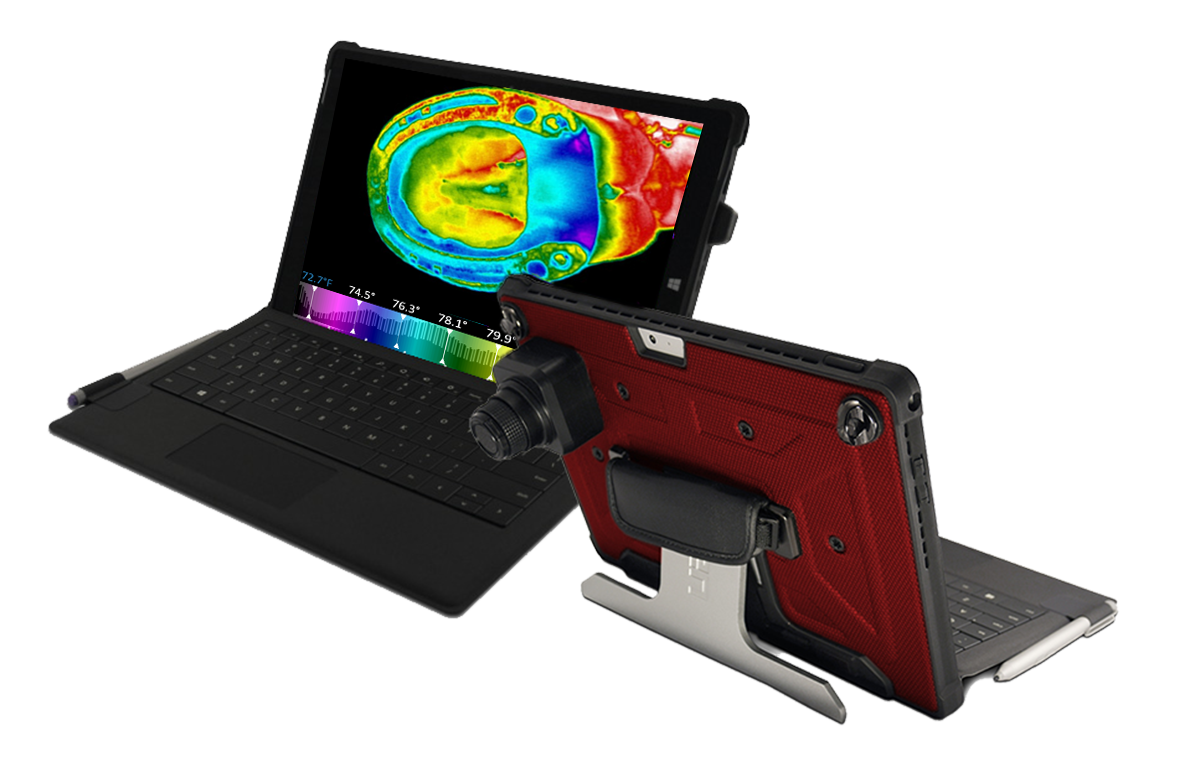Thermal screenings are commonly used in small animal practices to visualize problems that are imperceptible to the eye and difficult to find with a physical examination alone.




Thermography for Companion Animals
When performing a thermal screening, it’s important first to understand normal physiology. A healthy pet with normal blood flow results in symmetrical surface temperatures and contralateral anatomical areas. Abnormalities present as non-symmetrical temperature readings.
- Increased Temperatures: Hyperthermia indicates increased blood flow. This correlates with inflammation, infection, or malignancy.
- Decreased Temperatures: Hypothermia indicates decreased blood flow. This usually indicates the presence of a neurological condition resulting in vasoconstriction.
Advanced medically calibrated for veterinary-specific use software converts these temperature changes into a visual image to provide the current physiological state of the patient.
Uses for Companion Thermal Screenings
- Wellness Screenings
Use WellVu for early detection of areas that would benefit from further evaluation and possibly diagnostic procedures. These thermal images can proactively identify problems, allowing for early treatment intervention. - Lameness Evaluations
Use WellVu as the initial first-line examination tool to ensure a thorough exam of the entire patient. Thermal images are easy to take and can be intuitively interpreted. Thermal images can also reveal secondary areas of concern that are often overlooked. Visualization of these images increases owner compliance with additional diagnostics. When utilized with ultrasonography, radiography, or nuclear scientigraphy, thermal imaging will often shorten the path to a definitive diagnosis. - Monitor Treatment
Use WellVu to objectively monitor progress during any treatment regimen. Treatment of any patient is always fluid, and thermal imaging allows for quantitative assessment, allowing constant treatment refinement.
The Ultimate Client Education Tool
Visualization of the patient's condition and reinforcement of your findings allow the client to understand and be compliant with your treatment and therapeutic goals.
WellVu Thermal Cameras

WellVu 640


